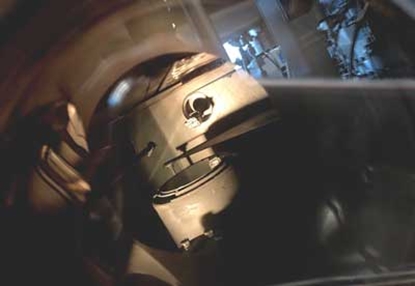|
NOVIDADES
Material libraries, high-throughput experiments, big data, and artificial intelligence are expected to ensure that nothing is left to chance when it comes to new discoveries. A lot hinges on new materials –including efficient energy conversion for environmentally friendly engines of the future. In the past and still today, chance plays a great role for the discovery of new materials, according to Professor Alfred Ludwig, Chair of “Materials Discovery and Interfaces” at Ruhr-Universität Bochum (RUB). He describes how the process of materials discovery could be accelerated by combining combinatorial materials science with computational methods in a perspective article in the journal NPJ Computational Materials ("Discovery of new materials using combinatorial synthesis and high-throughput characterization of thin-film materials libraries combined with computational methods").  By depositing simultaneously atoms from three or more directions on a substrate, the researchers produce so-called thin-film materials libraries. (Image: RUB, Drießen)
New methods of manufacturing such materials open up new possibilities for a more efficient approach. “By depositing simultaneously atoms from three or more directions on a substrate, we produce so-called thin-film materials libraries,” explains Alfred Ludwig. He would like the use of a database to become at least partially automated, in order to maintain control over the anticipated immense volumes of material data. “It is moreover important for these data to be compatible for the use by research groups from different disciplines,” as he points out. Documentation should be carried out not only for the data of element compositions that seem particularly promising, but also for all others. “The purpose of this approach is to facilitate machine learning and to enable artificial intelligence to aid the search for new materials,” concludes Ludwig. Ruhr-Universität Bochum. Posted: July 10, 2019. |
|||||||||||||||||||||||||